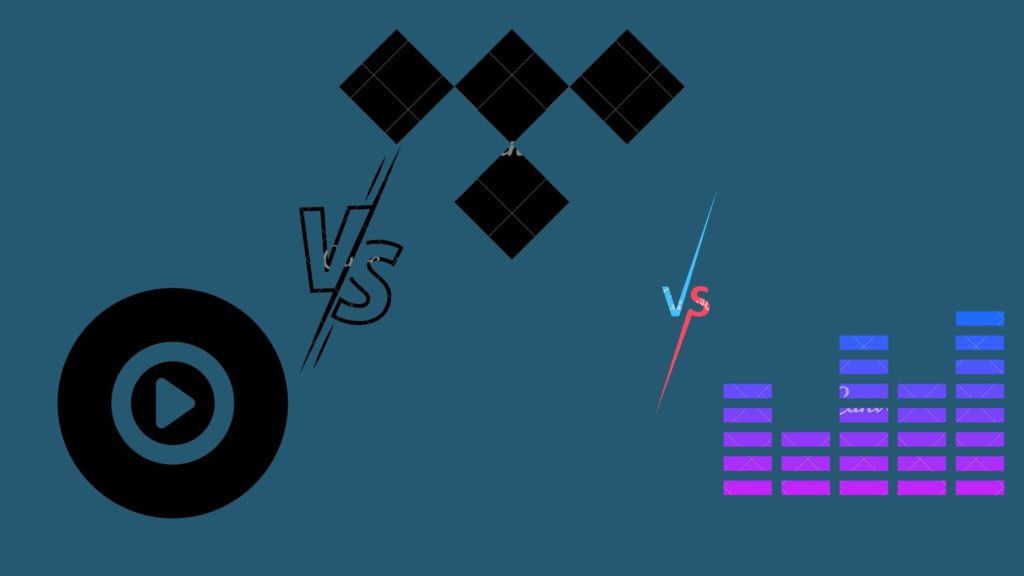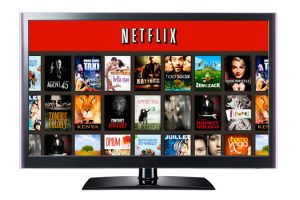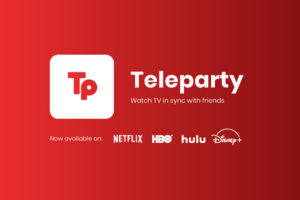The music streaming industry is a highly competitive and dynamic market, with many players vying for a share of the listeners’ attention and wallets. While Spotify and Apple Music are often considered the dominant forces in this field, there are other alternatives that offer different features and advantages for music lovers.
In this blog post, we will compare three underdogs: Deezer, Tidal and YouTube Music. We will look at their pricing, catalog, sound quality, user interface, and exclusive content, and see who comes out on top in 2023.
Related:
- How to Transfer Your Playlists from Spotify to Apple Music
- Spotify or Apple Music: Which is the Best Music Streaming Platform for you?
Catalog
All three services boast a large and diverse catalog of over 70 million songs, covering various genres and languages. Deezer offers users access to podcasts, and live radio stations but to a limited extent. Tidal encroaches on YouTube Music’s turf by offering access to music videos, though again, to a limited degree.
All three platforms offer access to playlists by the platforms, and user-curated playlists, along with recommendations based on your preferences and listening history.
However, YouTube Music has an edge over its competitors when it comes to video content, as it integrates with YouTube’s vast library of music videos, concerts, documentaries, and other music-related content.
Recently, YouTube Music also got support for Podcasts although this is currently limited to users in the United States. You can also switch between audio and video modes with a simple tap, or watch both simultaneously in a picture-in-picture mode.
Sound quality
Sound quality is essential for many music enthusiasts, especially those who use high-end headphones or speakers. Tidal is the clear winner in this category, as it offers the highest bitrate (up to 1411 kbps) and the most advanced audio formats (Dolby Atmos and Sony 360 Reality Audio) that create a more immersive and realistic soundstage. Deezer also offers lossless audio streaming (up to 1411 kbps) with its HiFi plan, but it does not support the immersive audio formats. YouTube Music and Deezer’s standard plan offer a maximum bitrate of 320 kbps, which is still decent but not as impressive as Tidal’s HiFi plan.
The quality of the audio and video streams depends on several factors, such as your internet connection, device, and subscription plan. However, here are some general guidelines on what each service offers.
Deezer offers four quality levels: Standard (128 kbps), Better (320 kbps), HiFi (1411 kbps) and 360 by Deezer (variable bitrate). The last one is a special format that delivers immersive sound using Sony’s 360 Reality Audio technology. However, it requires compatible headphones and devices.
Tidal offers four quality levels: Normal (96 kbps), High (320 kbps), HiFi (1411 kbps) and Master (up to 9216 kbps). The last one is the highest quality available, but it requires a compatible device and a Tidal Masters subscription.
YouTube Music offers three quality levels: Low (48 kbps), Normal (128 kbps), and High (256 kbps). However, the video quality can go up to 4K depending on the source and your device.
Features
All three services offer similar features, such as offline listening, playlists, radio stations, podcasts and personalized recommendations. However, there are some differences that might make one service more appealing than another.
Deezer has a unique feature called Flow, which is a personalized soundtrack that adapts to your mood and taste. It also has a lyrics feature that lets you sing along to your favorite songs. Deezer also supports high-fidelity audio (HiFi) for premium subscribers, which delivers lossless sound quality.
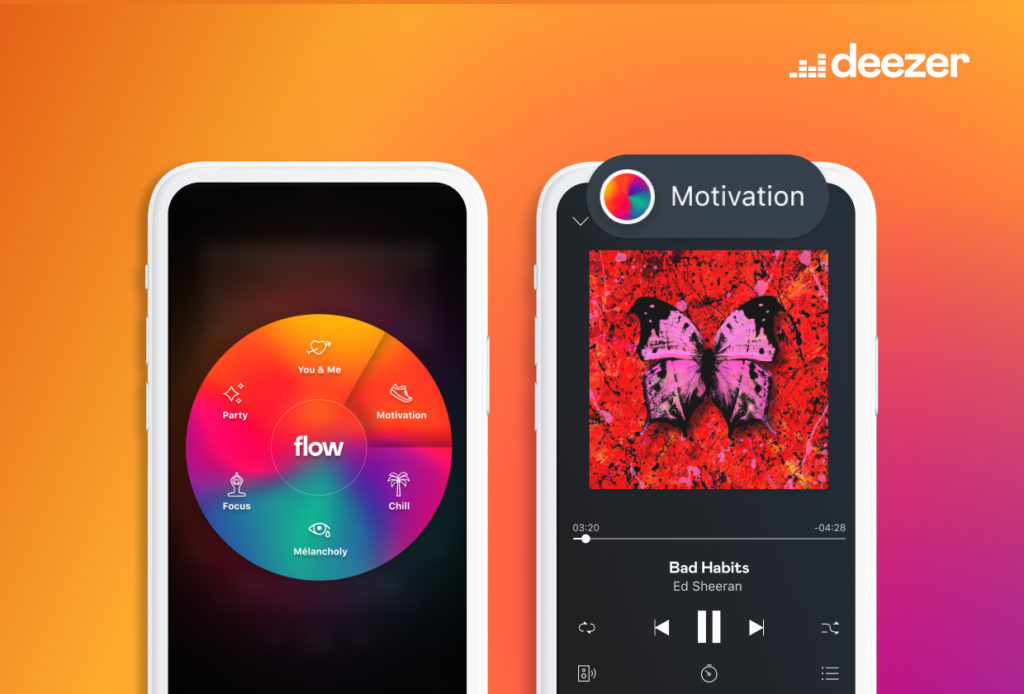
Related:
Tidal is known for its focus on high-fidelity audio (HiFi) and high-resolution video (Hi-Res). It also offers exclusive content from artists and labels, such as live concerts, documentaries and interviews. Tidal also has a feature called Tidal Masters, which are tracks that have been mastered using MQA technology to deliver studio-quality sound.
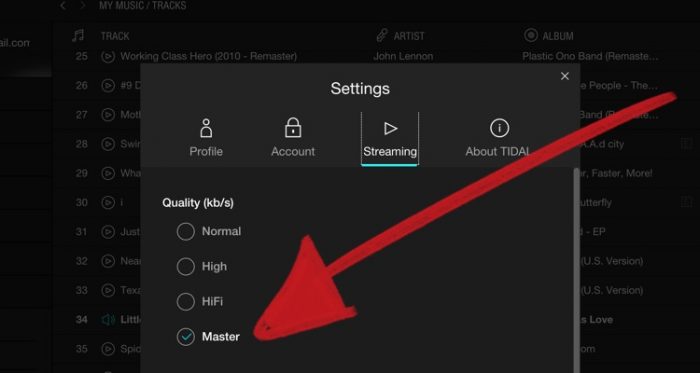
YouTube Music is integrated with YouTube, which means you can access millions of videos and live performances from your favorite artists. It also has a feature called Smart Downloads, which automatically downloads up to 500 songs that you like for offline listening.
YouTube Music also supports gapless playback, which eliminates pauses between tracks.
User interface
The user interface is a matter of personal preference, but we can compare some of the features and design elements of each service. Deezer has a colorful and intuitive interface that allows you to easily browse through different categories, such as genres, moods, charts, new releases and more.
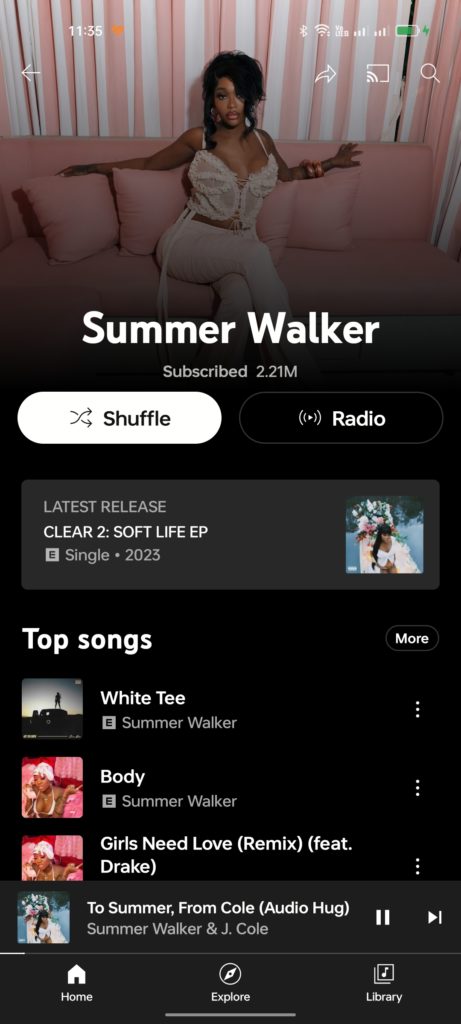
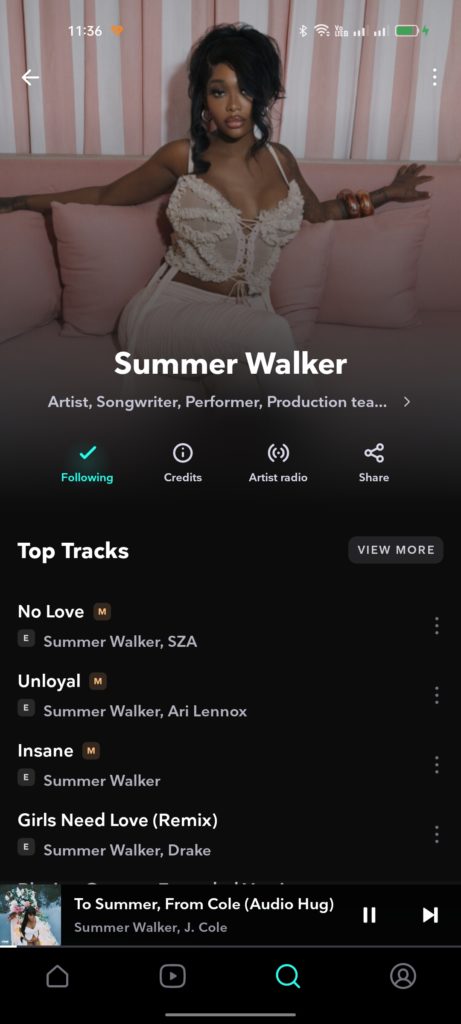
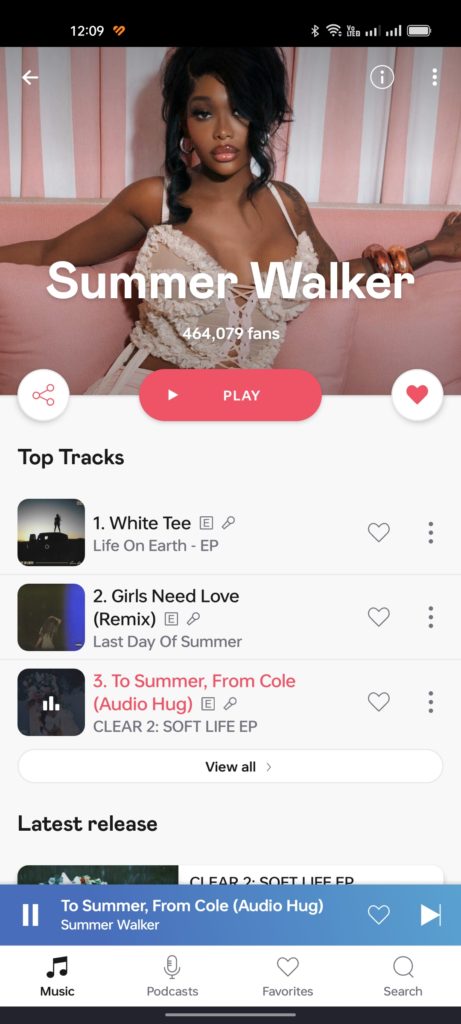
You can also create your own playlists or use the Flow feature, which generates a personalized mix of songs based on your taste. Tidal has a sleek and minimalist interface that focuses on the artwork and the sound quality of each track. You can also explore curated playlists by genre, mood or activity, or by editors or celebrities.
Tidal feels a lot like Spotify, at least on Android, from the layout of the functions to the color scheme and so on.
YouTube Music has a simple and familiar interface that resembles YouTube’s app, with tabs for home, explore and library. You can also access your YouTube music history, likes and subscriptions within the app.
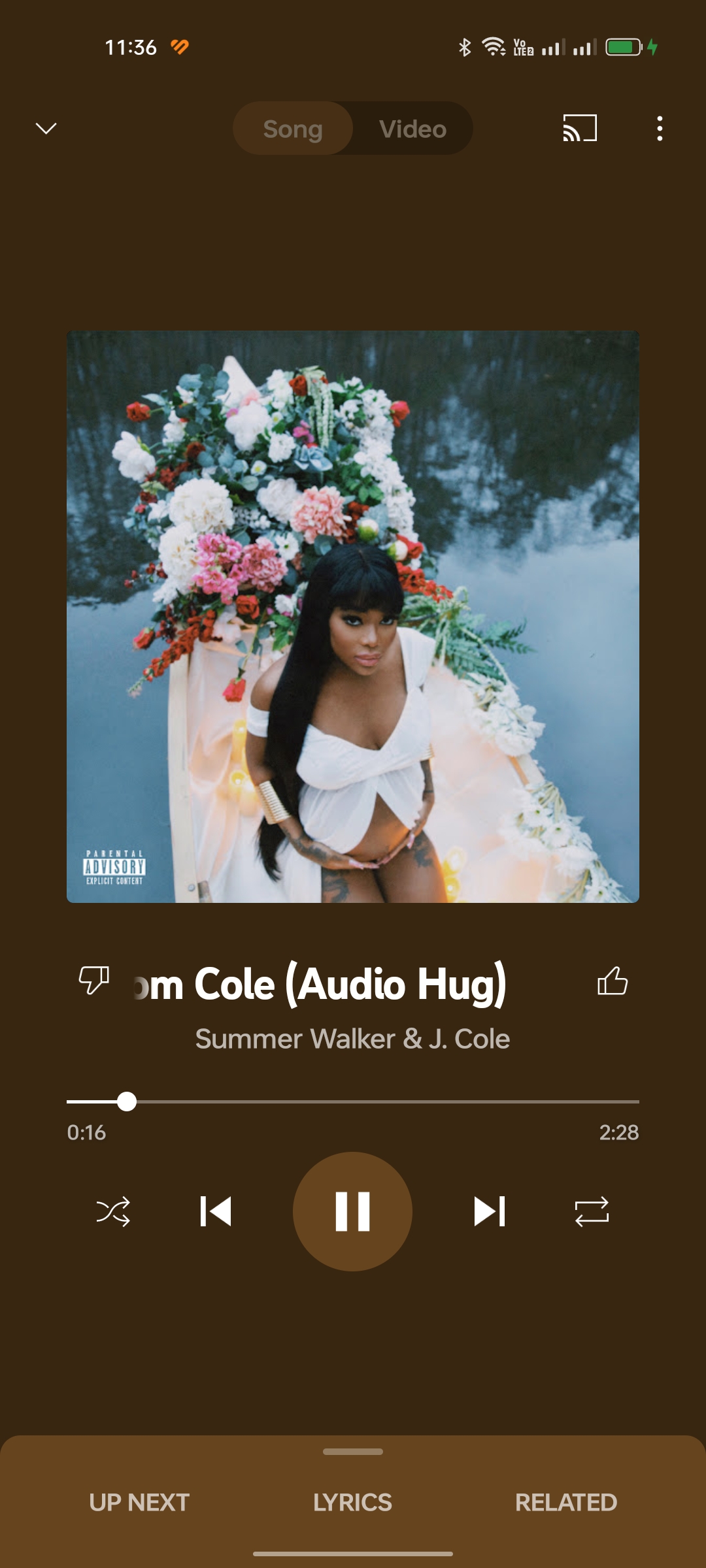
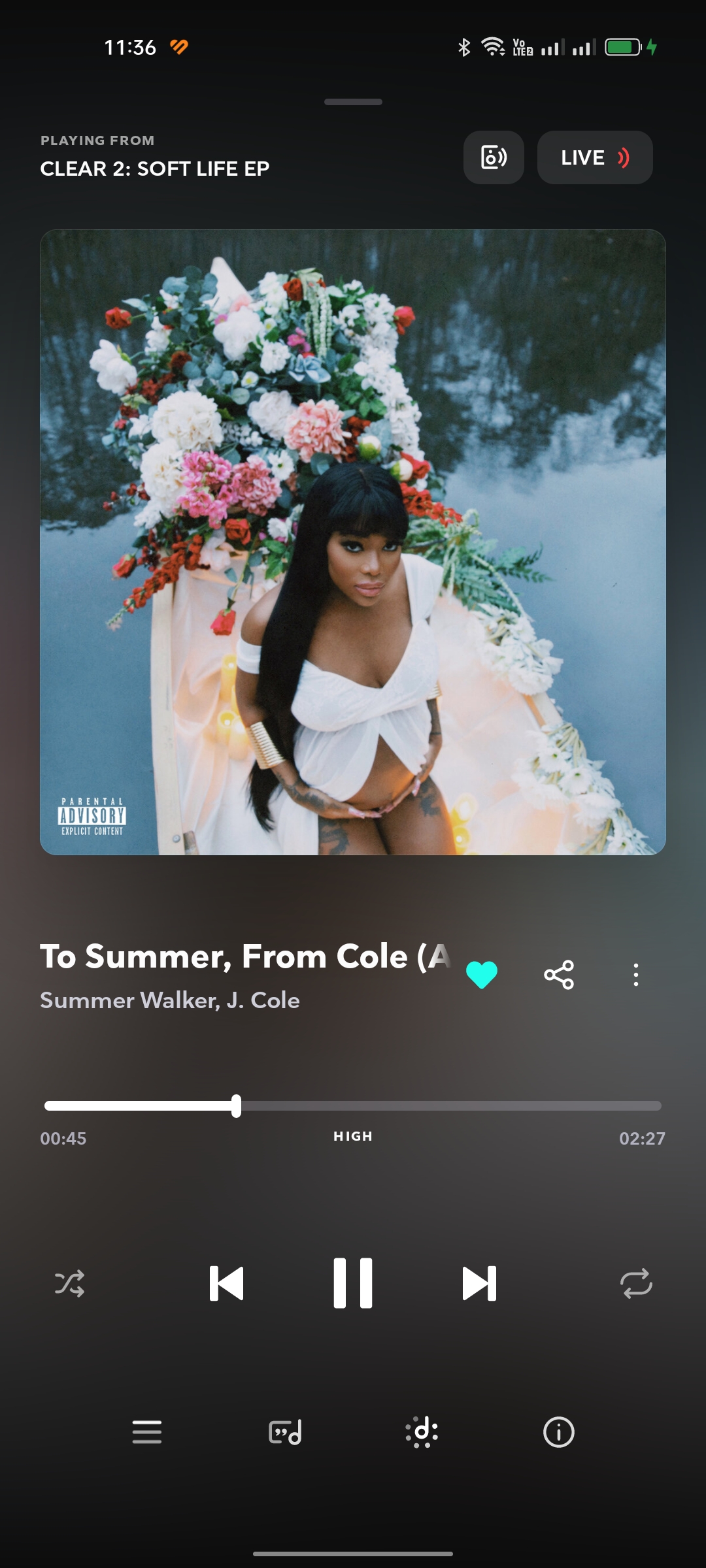
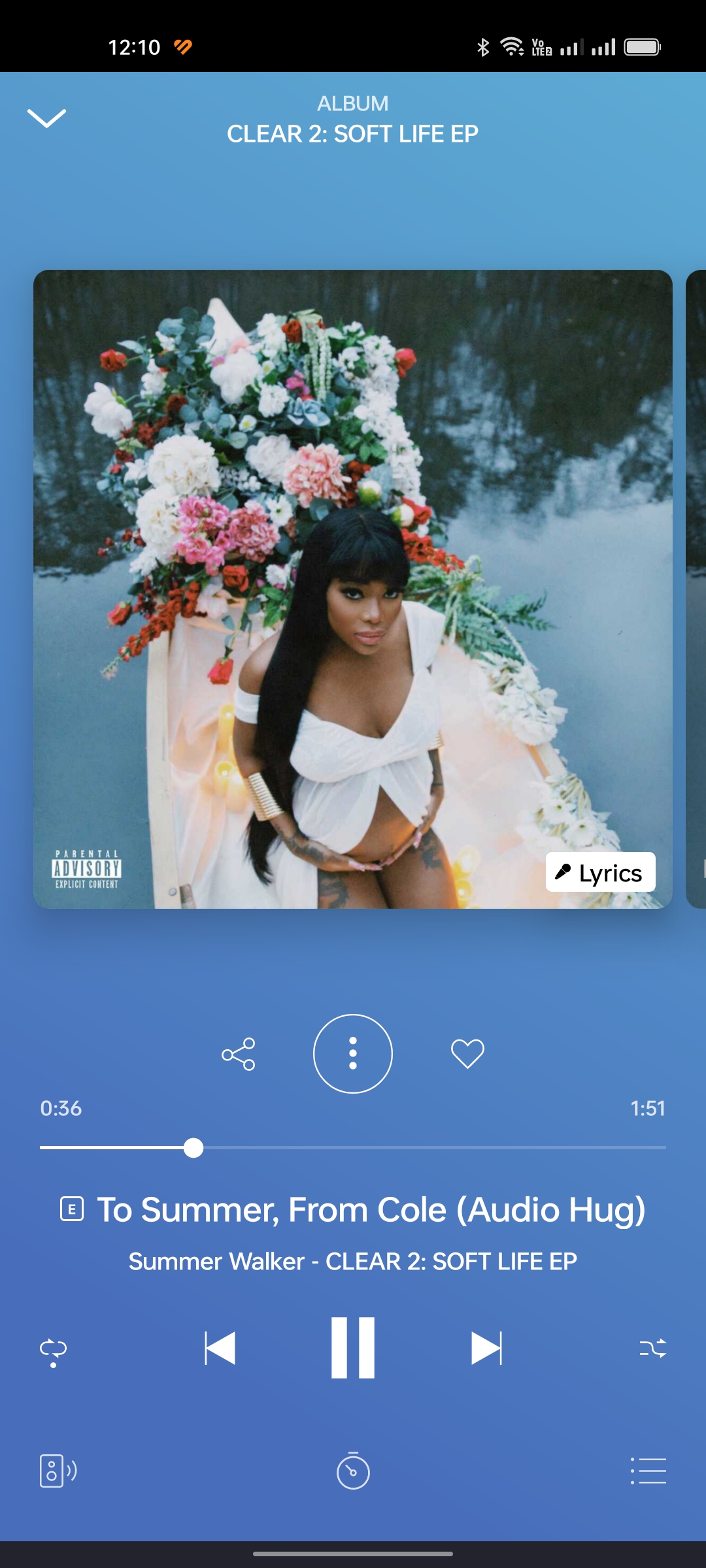
Exclusive content
Exclusive content can be a deciding factor for some listeners who want to access songs or albums that are not available on other platforms. Tidal is known for its exclusive releases from artists such as Beyoncé, Jay-Z, Rihanna and Kanye West and its original content such as documentaries, concerts and interviews.
Deezer also has some exclusive content from artists such as Coldplay, Dua Lipa and Gorillaz, as well as its own original podcasts and live sessions. YouTube Music does not have much exclusive content in terms of audio tracks, but it does offer exclusive video content from YouTube’s original series and documentaries featuring artists such as Justin Bieber, Billie Eilish and Taylor Swift.
Comparison Table
| Service | Features | Quality | Catalogue | Pricing |
|---|---|---|---|---|
| Deezer | Flow, lyrics, HiFi, 360 by Deezer | Standard (128 kbps), Better (320 kbps), HiFi (1411 kbps), 360 by Deezer (variable bitrate) | Over 73 million tracks and over 20 million podcasts | Free, Premium (KES 499), Family (KES 749), HiFi (KES 999) |
| Tidal | HiFi, Hi-Res, exclusive content, Tidal Masters | Normal (96 kbps), High (320 kbps), HiFi (1411 kbps), Master (up to 9216 kbps) | Over 70 million tracks and over 250 thousand videos | Free, Premium (KES 499), HiFi (KES 999), Family (KES 749) |
| YouTube Music | YouTube integration, Smart Downloads, gapless playback | Low (48 kbps), Normal (128 kbps), High (256 kbps) | Over 70 million tracks and over 2 billion videos | Free, Premium (KES 400), YouTube Premium (KES 600) |
Pricing
Deezer and YouTube Music both offer a free tier with ads and limited functionality, while Tidal requires a subscription to access its full service. However, YouTube Music also includes YouTube Premium, which removes ads from all YouTube videos and allows offline and background playback.
The monthly subscription fee for all three services is $9.99 for the standard plan and $14.99 for the family plan (up to six accounts). However, Tidal also offers a HiFi plan for $19.99 per month, which enables lossless audio streaming and access to Dolby Atmos and Sony 360 Reality Audio tracks. Deezer also has a HiFi plan for $14.99 per month, but it does not include the immersive audio formats.
Conclusion
As you can see, each service has its own strengths and weaknesses when it comes to pricing, catalog, sound quality, user interface, and exclusive content. Ultimately, the best choice depends on your personal preferences, budget, and listening habits.
However, based on our comparison, we think that Tidal is the best option for audiophiles who want to enjoy the highest sound quality and the most immersive audio formats, as well as access to exclusive releases from some of the biggest names in music.
Deezer is a good option for listeners who want a balanced and versatile service that offers lossless audio streaming, a colorful and intuitive interface, and some exclusive content.
YouTube Music is a good option for listeners who want to integrate their music and video consumption, and who already use YouTube Premium for other benefits.
Discover more from Dignited
Subscribe to get the latest posts sent to your email.


